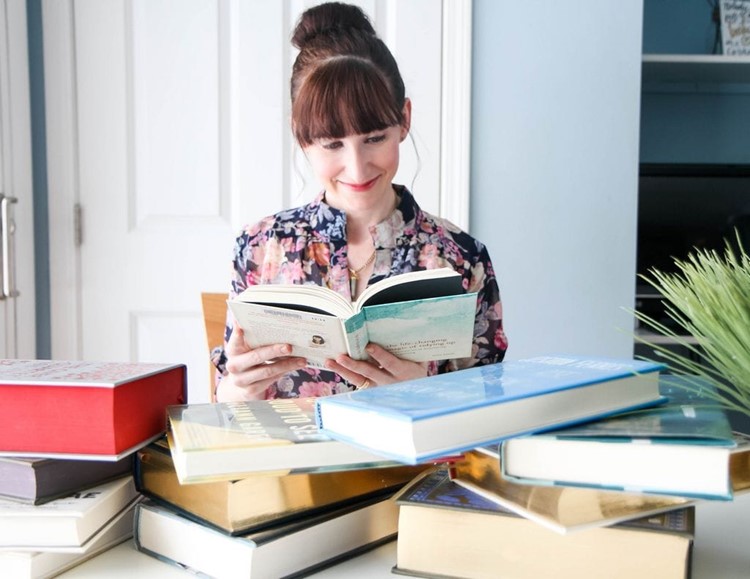
I love finding a fresh voice in fiction and Molly Prentiss certainly brings a beautifully fresh perspective to the mix with her debut novel, Tuesday Nights in 1980. This is the story of a writer who was willing to give up many words to carve a better book and spent seven years crafting the voices she wanted for this story. Tuesday Nights in 1980 is unlike any other book I have read and gave me a lot of food for thought, making it an excellent book club selection if you are looking for something to discuss. I am so excited to share about Molly’s inspiring publishing story in our Sundays With Writers series today. How fun to talk about Tuesdays on Sundays…
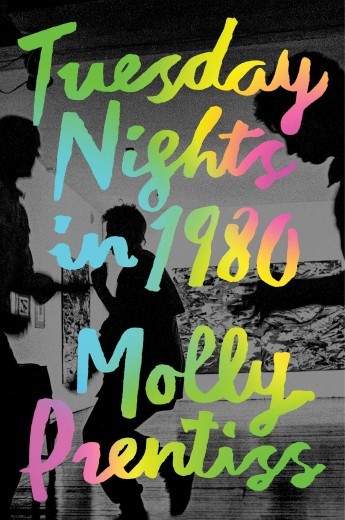
Welcome to the art scene in SoHo in the 1980’s. Prentiss, much like an artist herself, vividly paints the art scene during this time and the story of two unlikely men whose lives become intertwined in surprising ways. The book follows James Bennett, an art critic whose writing is made more beautiful because he has Synthesia, and the rise and fall of that gift when it disappears. Raul Engales is an Argentinian painter running away from his past and the Dirty War who finds that he can use an art studio on a college campus just by pretending he is a student there. When tragedy strikes, Raul & James became friends as Raul’s paintings bring back the gift of synesthesia that James had when seeing his work. They both make tragic missteps along the way though and that is where the depth to the story is truly added.
It would be impossible to not learn something new and fans of art and the Manhattan scenes in the ‘80’s will definitely find plenty to love in this ambitious debut novel. Her descriptions are like paintings themselves, vivid and full of life!
I included this book in our May Must-Reads.
Grab your coffee and let’s settle in with Molly to talk about her unique debut novel!
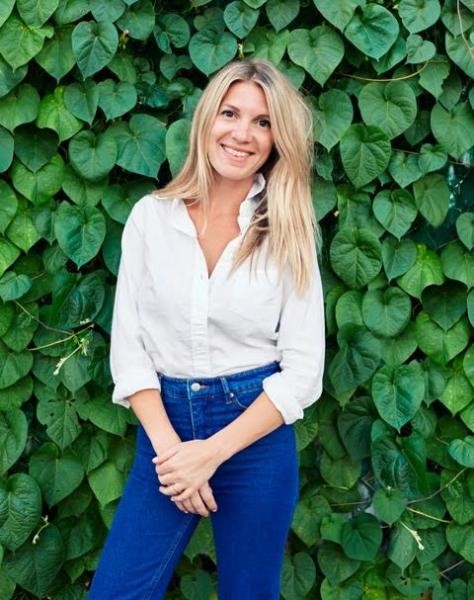
You chose to open your story with a focus on Argentine politics. I’m ashamed that I really knew very little about this time in history. What inspired you to make this a part of your book? Were there any real stories of people during this time that helped shape the story of Franca?
You shouldn’t be ashamed at all – so many Americans do not know anything about this brutal moment in Argentine history. It was mostly kept out of the media while it was happening and afterward, since the US was actually supporting the Argentine military government and training their soldiers, so we did not want to be caught in the blame for the mass kidnappings and killings. Obama actually JUST brought the issue to national attention this year, and apologized for the US involvement. It is astonishing to me that something so terrible could be happening on the continent below us and we would not know it was happening, which is part of the reason I chose to speak to it in my book.

(Photographs of victims of the 1976-83 dictatorship-wikipedia)
I learned about the “Dirty War”, as they call it, in a class I took in graduate school called The Violent Task of Remembering. It was taught by an extremely inspirational and intelligent woman named Claudia Bernardi, who is from Argentina and has done countless projects informed by disappeared populations around the world. I had already started writing my book when I took her class, and as I continued to learn about the atrocities that were happening in Argentina during the same period I was writing about in New York, I realized I had to bring that story into the book. It ended up sort of bookending the story, as well as existing beneath the surface as a sort of dark weight through the book.
One of the most intriguing elements of your book is that James, an art critic, has synesthesia. Did you know anyone personally that had this or interview anyone with it to shape his story? Did you find it challenging to write out the ways he would experience things like art and people in such a unique way or did this come naturally to you?
I have only met one person with synesthesia, also during graduate school. After class one day she came up to me and told me I was the color peach. I was confused at first, but when she began to tell me about her condition, I was completely intrigued. I absolutely had to write about it. And when I did it was so much fun. It was one of the things in the book that was not difficult at all for me, mostly because I adore writing metaphors, similes, and creating unexpected connections through language. I basically just used my own associations with certain colors or people or works of art and gave them to James. It gave me permission to sort of go wild with my words.
Art spills all over your book through the gallery experiences, Raul’s own paintings, and the art critiques that James writes. I understand that your life is filled with artists (siblings, father, and your fiancée just to name a few!) and you even do illustration. Did you find it easy to immerse yourself in writing about art because of this? Did you consider adding any art elements in your book for the reader?
Yes, I guess you could say that I am attracted to artists! I love being around them and witnessing in their processes and sharing their spaces. So I guess it was natural to want to populate my book with them and be around them for the seven years it took to write it. I did at one point consider including an artwork at the beginning of each chapter, but then I decided against it. It felt a bit forced. I ended up attempting to create the visuals using words, hoping that the reader might come to his or her own vision of the art works as he/she read.
Seven years is a long time to devote to a book. What were your biggest hurdles with this book and what would you say to another writer that is discouraged that the process is taking longer than they expected?
There were so many hurdles. For me, the very difficult part about writing this book was giving the narrative a shape and a clear direction. There were so many drafts where the plot was all over the map. I had to create devices for myself to reign in my writing, which is why it all takes place in one year, and every section takes place on a Tuesday. But none of these things were set in stone for the first five or so years I was working on it, so a lot of pages and ideas and whole characters and plot points were scrapped. The key to overcoming those hurdles for me was to learn how to not consider the writing itself so precious. You have to be willing to throw things away and start over, in the service of making a better story in the end. You have to learn that rejection—whether it comes from yourself, your agent, or your readers—is part of the game. And you have to remember that the work is the fun part. You realize that especially once your book is a real thing, out there in the world. It’s amazing, but its not the reason you did all that work. You did the work because you loved the work.

I have had the unique opportunity to interview the first three authors published under Scout Press now that I am interviewing you today (editor’s note: check out my interview Ruth Ware & Bill Clegg). Do you think that signing under them helped in the promotion and success of your book?
Most definitely. The great thing about Scout is that they are a very new and very small imprint, so they can be dexterous and choosy. They only publish what they really want to publish, and when they do they put the whole weight of their team behind it. They did so much to make this book what it is today, and to get it out into the world in an exciting way. I am very grateful I signed on with them.
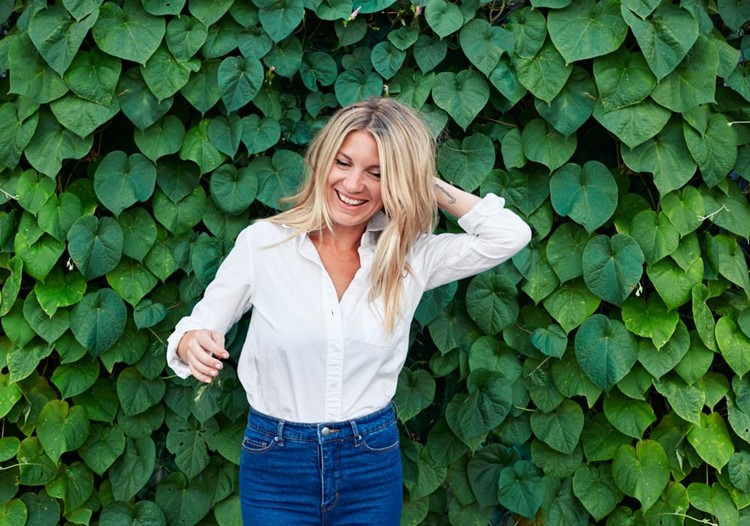
I understand you are already working on your next book. Can you tell us a little bit about it and are you finding the process easier or harder after such great success with your first book.
Yes, I am at work on a second novel. In its current state, it takes place in a commune in northern California in the late 1970s. But now that I know how much a book can morph in its making I am hesitant to even say exactly what it’s about. It is both easier and harder to write a second book. Easier because you know what the process looks like, and you can avoid falling into certain holes that you fell into the first time. Harder because there are expectations: you don’t want to write the same book you wrote the first time, and yet you worry that that’s what the publishers and the public might expect.
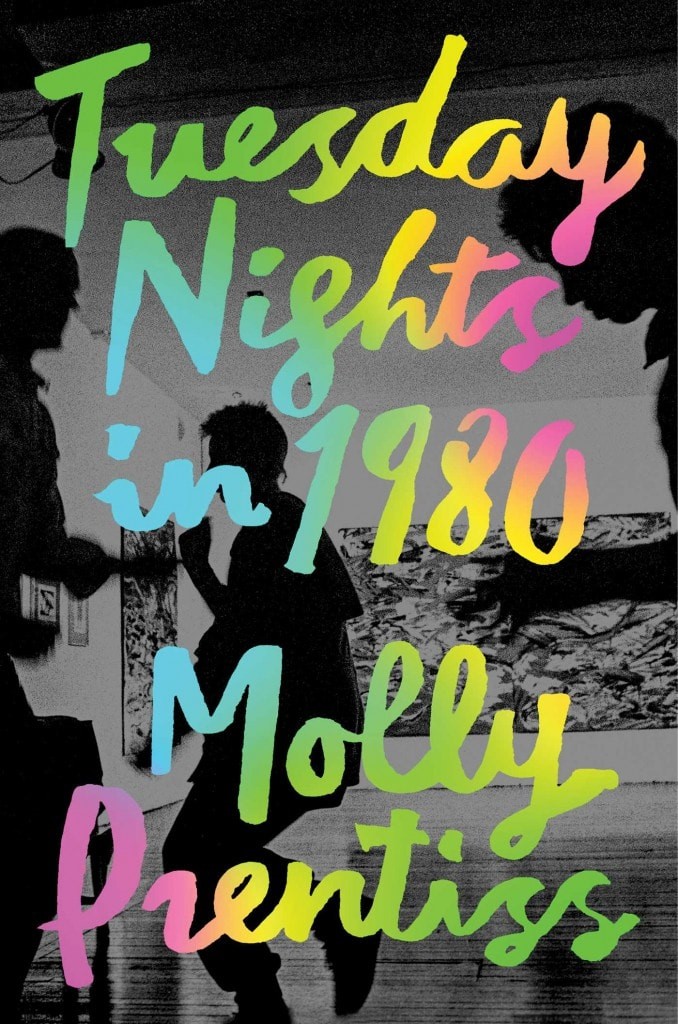
You can connect with Molly Prentiss on her website! I’m always thankful for these moments with writers and I hope you will pick up this amazing book! You can always connect with me on GoodReads, through our books section of our site, and you can read our entire Sundays With Writers series for more author profiles. Happy reading, friends!
*This post contains affiliate links!
Pin It